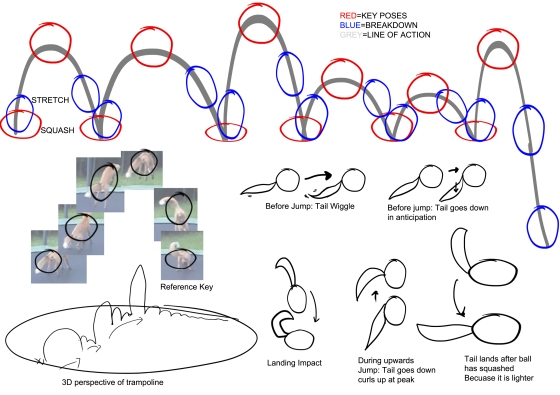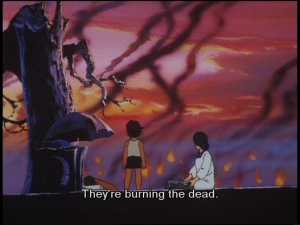
Squid sketches
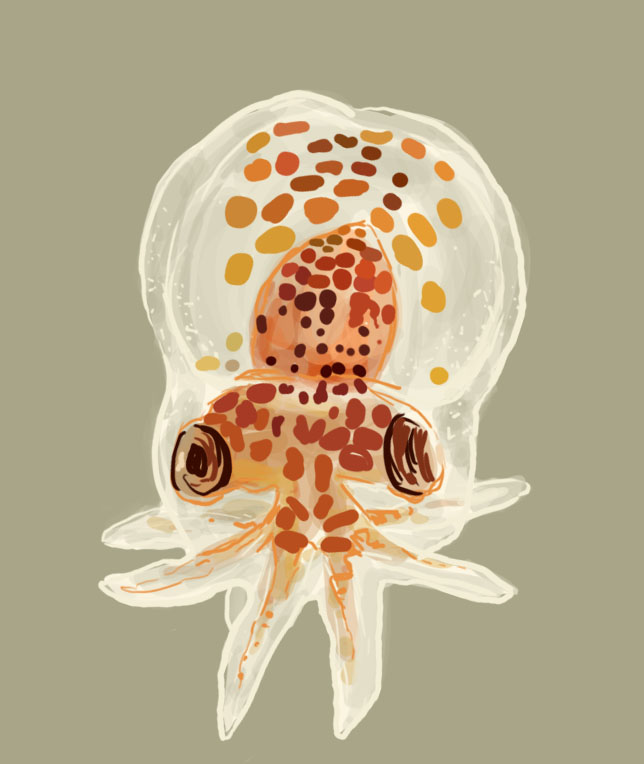

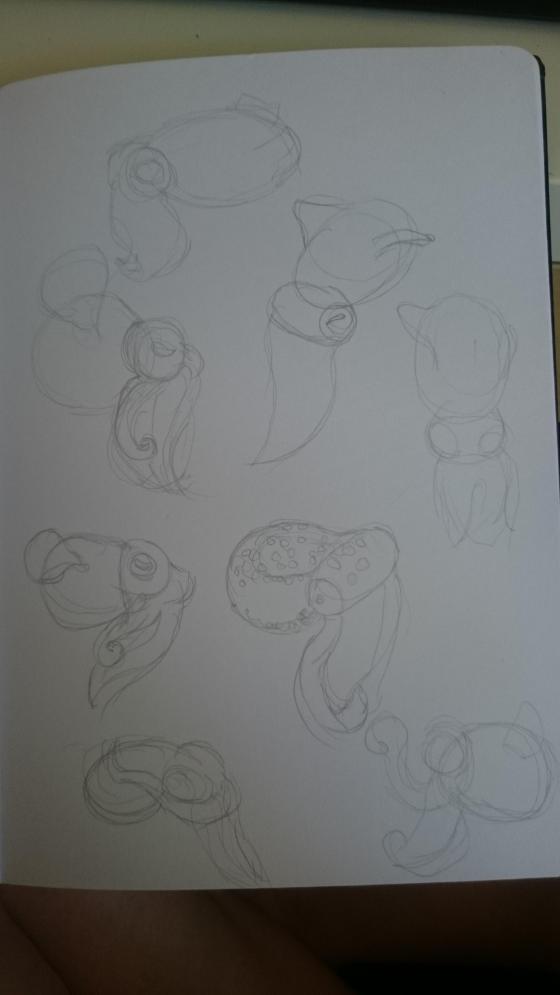
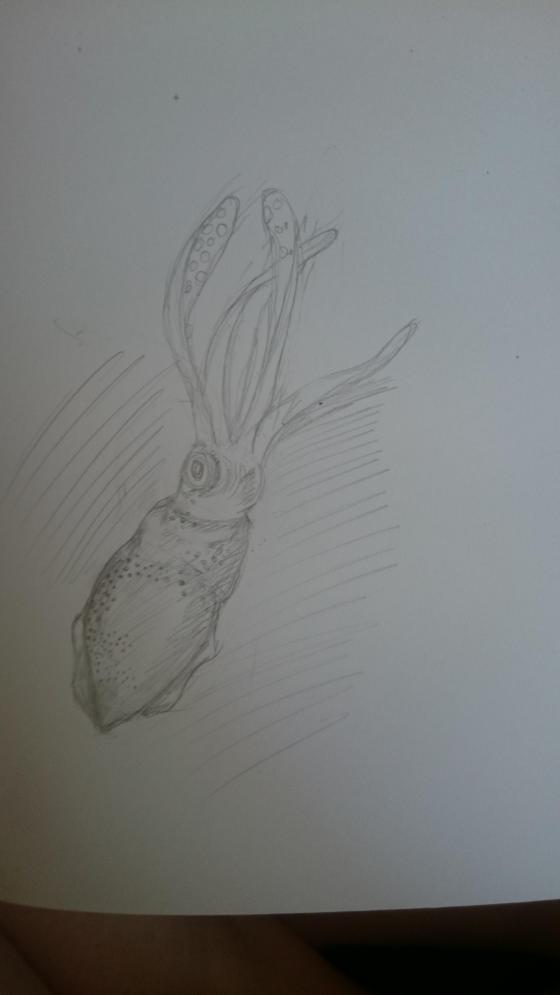
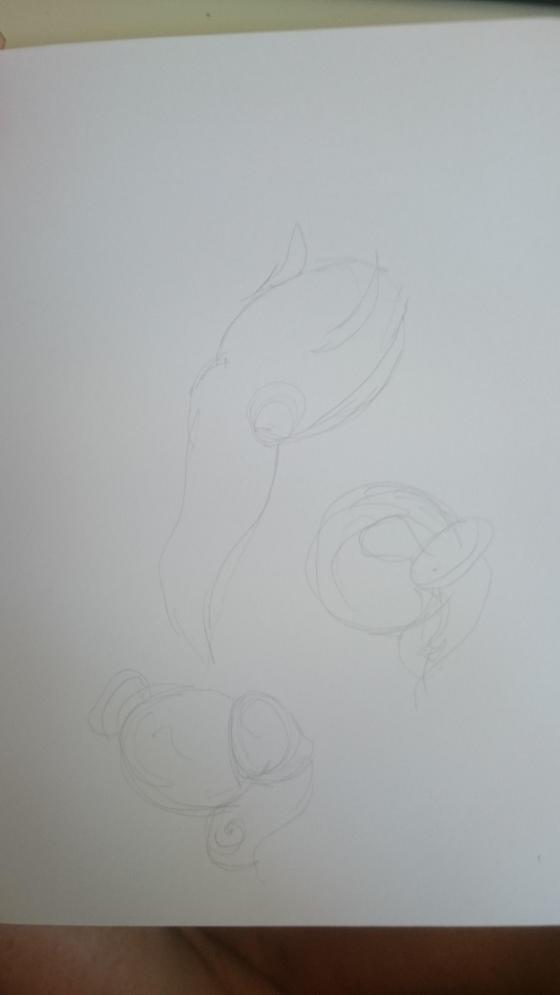

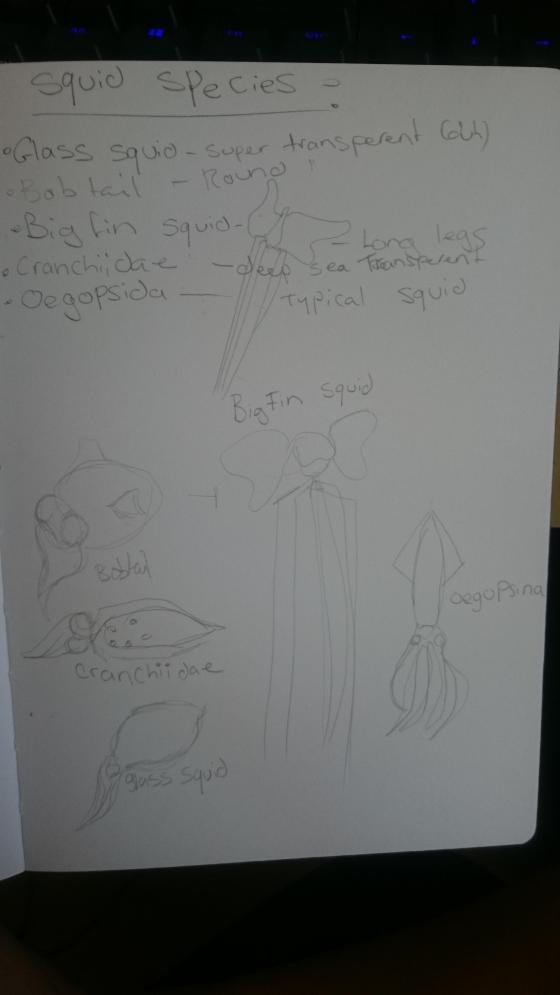
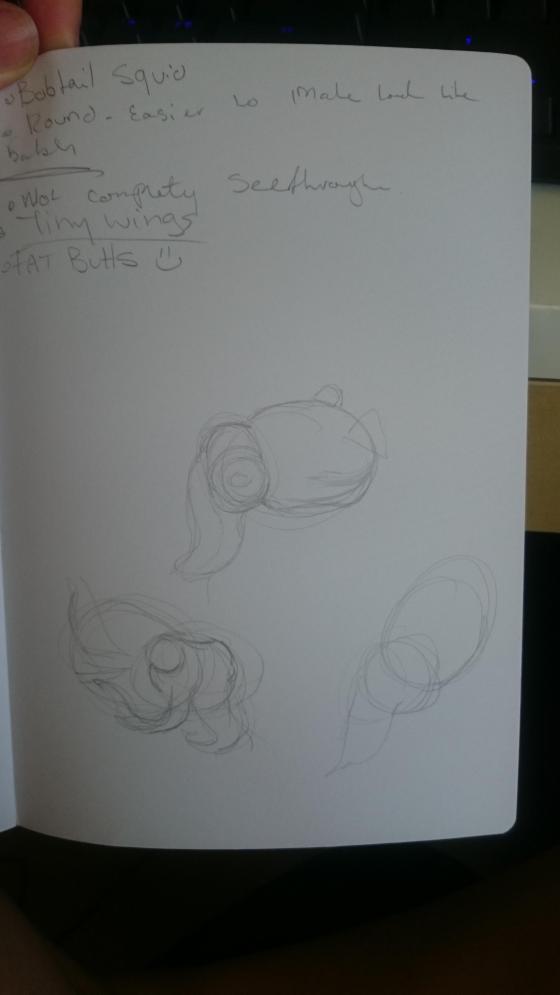
Paper fox project
A paper fox (lantern light inside)
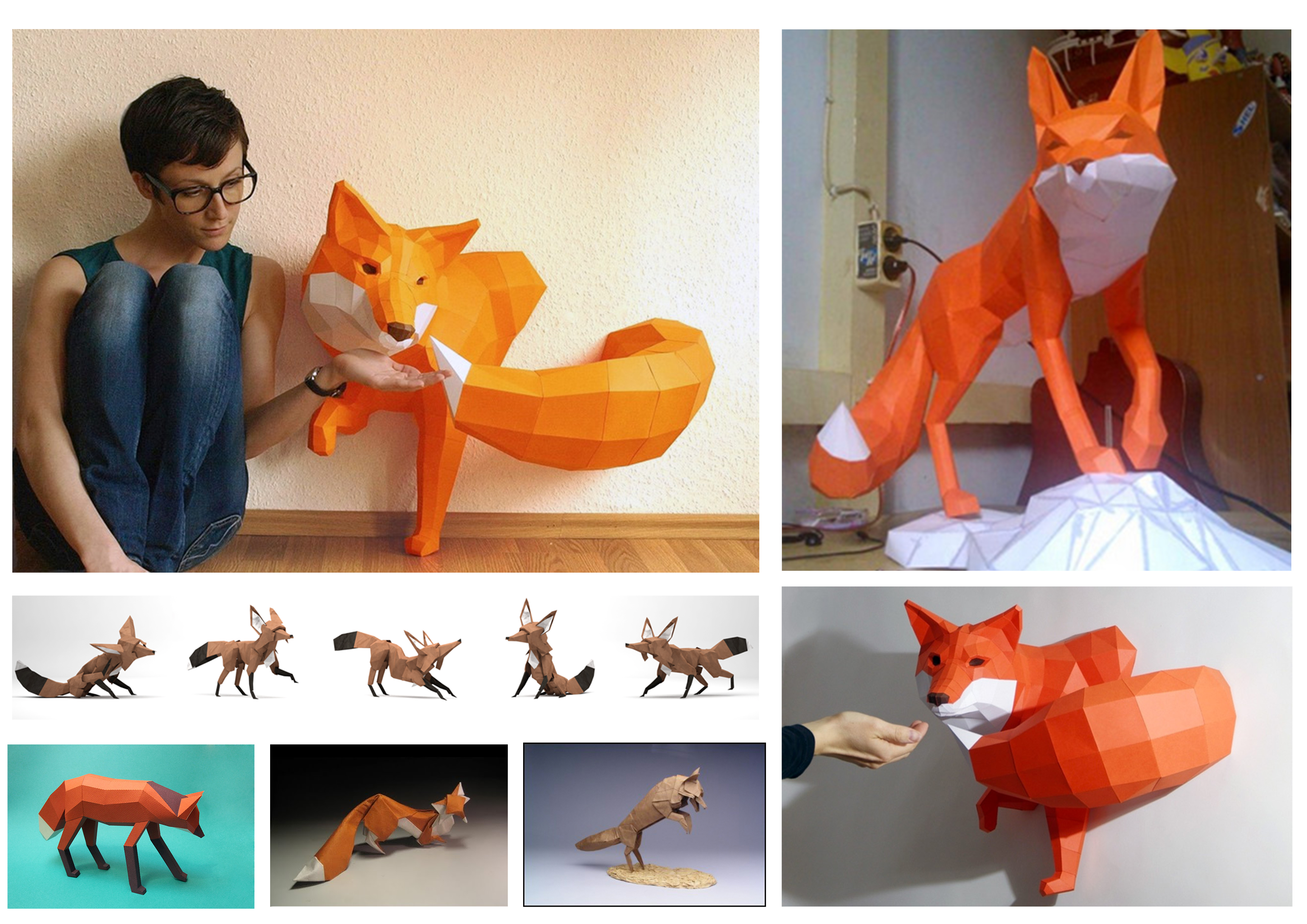
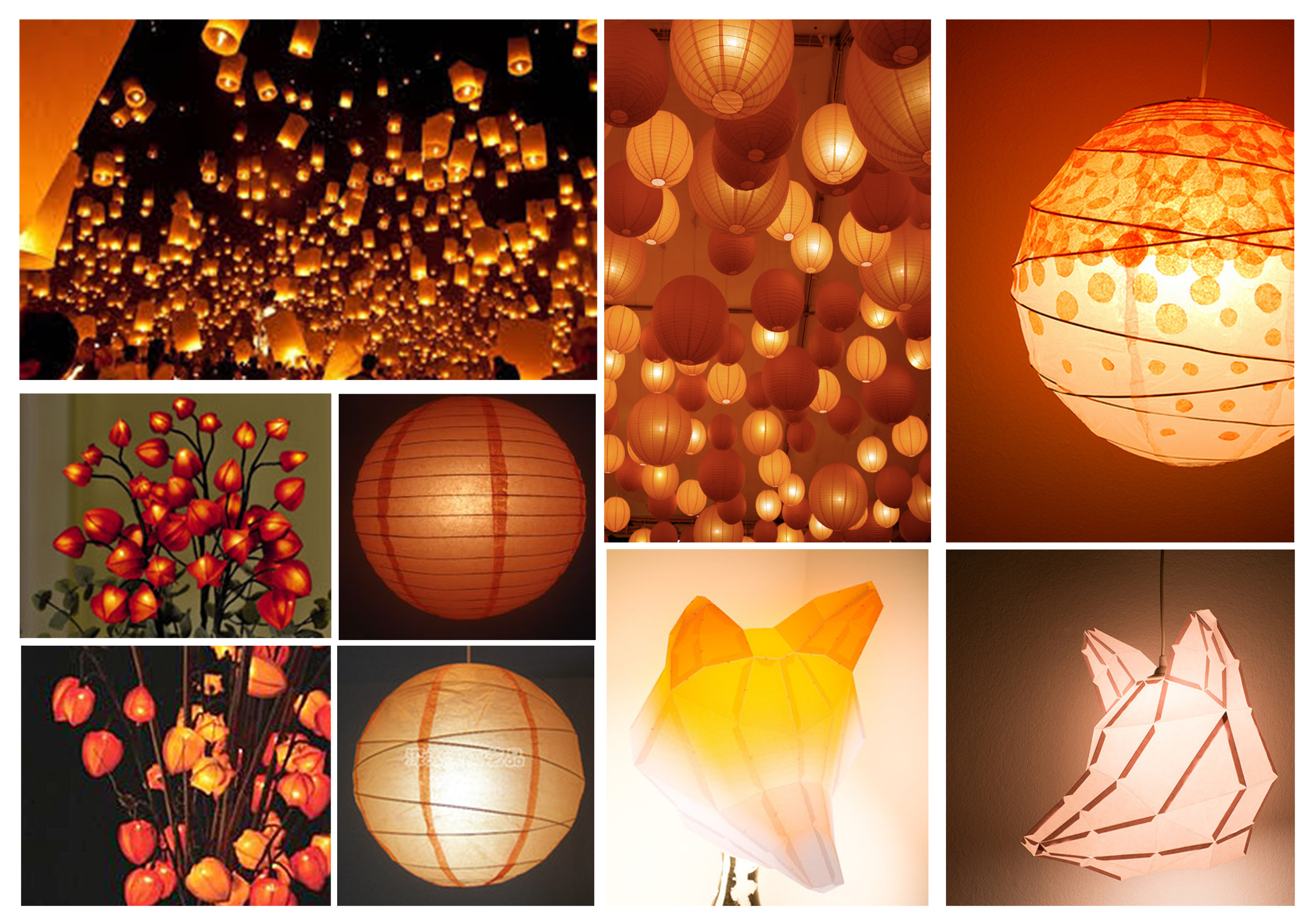

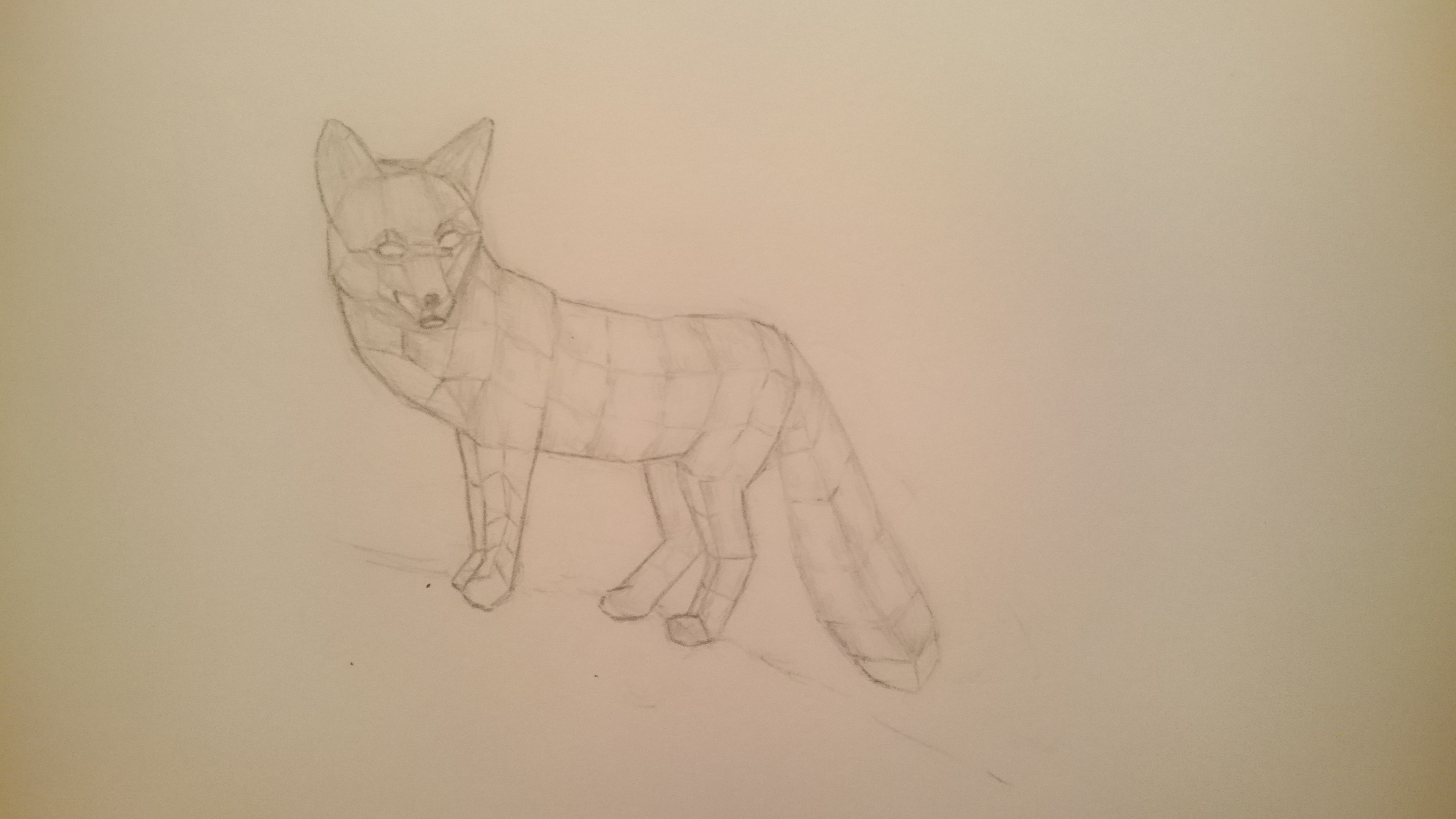



Blog: Helpful MEL scripts
MEL Scripting: Studio Lighting (3 point) WIP
/*
///STUDIO LIGHTING//
Description: this script creates three point lights with attributes mirroring those of real world lighting.
Author: Elizabeth Poole – http://www.elizabethpooleart.wordpress.com
Usage:
1. Open script editor and load ElizabethPoole.mel
2. Highlight code; execute
Reason:
1. To create efficiant lighting that simulates real world lights
2. Basic set up for three point lighting
3.Ready to be placed and easily adjustable for custom three point lighting
*/
//Create Spot Light (KEY LIGHT)
string $StudioLightingKeyLight = `spotLight`; // Creates String Keylight
move 0 10 0.65; //Moves light
rotate 180 0 0; //rotates light
scale 2; //Sets Light Scale
setAttr ($StudioLightingKeyLight + “.emitSpecular”) 0; //Sets Light Specilar
setAttr ($StudioLightingKeyLight + “.coneAngle”) 105; //Sets Cone angle of Light
setAttr ($StudioLightingKeyLight + “.penumbraAngle”) 10; //Sets PrenumbraAngle
setAttr ($StudioLightingKeyLight + “.dropoff”) 6; //sets drop off of Prenumbra
setAttr ($StudioLightingKeyLight + “.useRayTraceShadows”) 1; //Sets type of shadow and distance
setAttr ($StudioLightingKeyLight + “.lightRadius”) 10; ///Sets shadow attribues. Light radius
setAttr ($StudioLightingKeyLight + “.shadowRays”) 20; //Sets shadow rays of light
setAttr ($StudioLightingKeyLight + “.intensity”) 0.2; //sets the intensity of light
setAttr “spotLightShape1.decayRate” 2; //sets the decay rate of the light (quadratic)
//Create Area Light (FILL LIGHT)
defaultAreaLight(0.2685, 1,1,1, 2, 0, 0,0,0, 1, 0);
setAttr “areaLightShape1.intensity” 0.15; //Changes Lights intensity to 150
rotate -r -oa 0rad 0rad 0rad -ws -fo 0 -136.62156 0 ; //Changes the location and rotation of light
move -r -os -wd 0 11.383348 0 ;
move -r -os -wd 9.358634 0 0 ;
//Create Spot Light (RIM LIGHT)
defaultAreaLight(1, 1,1,1, 0, 0, 0,0,0, 1, 0); //creates new area light with custom attributes
rotate -r -oa 0rad 0rad 0rad -ws -fo 0 -268.117515 0 ; //Changes the rotation and location of light
move -r -os -wd 0 10.029594 0 ;
move -r -os -wd -6.590119 0 0 ;
move -r -os -wd 0 0 2.690824 ;
//Rename Lights
rename spotLight1 KeyLight;
rename areaLight1 FillLight;
rename areaLight2 RimLight;
Animation: Personality walk cycle (Gangsta Walk)
A walk cycle is an animation that utilizes key frames to make a loop of the character walking. If done correctly the animation can be looped infinitely, to make this work though the frames and spacing of the animation must be done in a certain way. For example the first frame and the last frame of the animation must be the same.
Walk cycle is one of the most important concepts in animation as it can show the personality and mood of a character. After looking at The Animators Survival Kit, I decided what type of personality I wanted my character to have.

(Richard Williams (Animator’s Survival Kit)
Originally I thought of making a sad walk cycle, but after looking for reference I stumbled upon Scrubs Gangsta walk and decided to try to make something like this. This was because it seemed more challenging and overall funner.
After deciding what kind of personality walk i wanted to do I then went about filming refrence footage. I asked a friend who is quite well versed in gangsta walk to help me out.
One of the things I regret is not filming from both directions (front and side) because when it came to animating it made it more difficult to animate the frontal view.
I also cut the video into key frames to make it easier to see where the frames occur. I also drew the poses out to help understand the hip, leg, and torso positions.

After this I began blocking stage. I firstly animated the hips moving in y and z space and then the legs.
Blocking Pass One:
After this i animated the chest, arms and the rotations of the hips etc.
Blocking Pass Two:
I then changed the keys to spline and started refining my animation
Animation pass one:
After polishing and looping the animation
Overall I’m happy with how I did on this concidering it was a challenging walk. If I had more time I’d like to refine it a little more and exaggerate some of the movements (like the shoulder popping)
Animation: Bouncing Ball (fox characteristic)
One of the fundamentals of animation is the bouncing ball animation. The 12 principles of animation are easily seen in the bouncing ball animation. Squash and stretch are considered the most important of the principles (Ollie Johnston, Frank Thomas (1981). The Illusion of Life.)
Squash and stretch are the key poses in this animation and the amount of squash and stretch depends on the amount of bounce the ball has done or is about to do.
Because the ball I was animating is a creature (fox), it doesn’t simply land and bounce in the same way a ball would. I tried to plan out its bounces with a line of action as seen below.
This is the main reference I looked at. The fox can be seen making different sized jumps and rotations. This was challenging for me because I tried to mirror these behaviors and sometimes they didn’t translate well in 3D. An example of this is in my stepped animation (planning) where I had originally gone with double jumps because of the trampoline.
After fixing this issue as well as timing and rotation problems I tried to keep the animation looking fluid.
I’m overall happy with how this animation turned out. It has made me more comfortable with the graph editor and the importance of the principles of animation. I would have liked to spend more time on little tweaks, things like tail flicks and trampoline bounces to give the animation a more dynamic look.
Blog: Character Sheets
Studio Ghibli:
Disney:



Pixar:


Adventure Time:


Other:
Caleb Thomas
Samurai Champaloo:
Paranorman:
Paperman:
How to train your dragon:
Full Metal Alchemist:
Mr. Bean Animated:
![[MrBean02.jpg]](https://elizabethpooleart.wordpress.com/wp-content/uploads/2014/08/795e2-mrbean02.jpg)
![[MrBean10.jpg]](https://elizabethpooleart.wordpress.com/wp-content/uploads/2014/08/28ffd-mrbean10.jpg)
Also these sites are amazing:
http://livlily.blogspot.com.au/2010/11/model-sheets-production-drawings.html
http://www.characterdesignpage.com/
Blog: quote: Satoshi-Kon
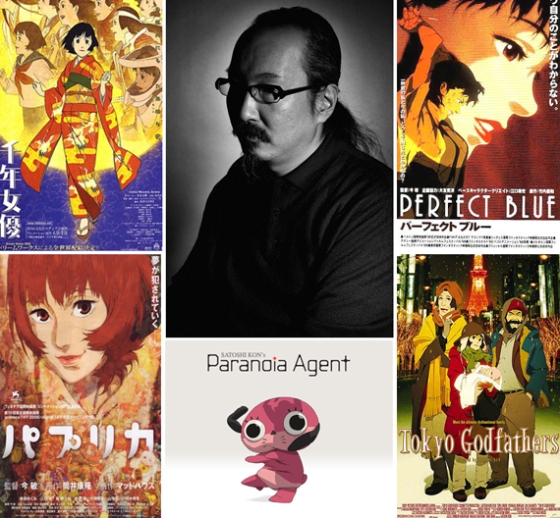 It’s like drawing a line on the ground that’s 8 inches wide. If you told someone to walk on top of it, they could. But then if you tell them that the line is 300 feet in the air, people start to use their imaginations. They think they’ll fall through the sky. People will accept that as how it is. So now, we have a ton of rules and restrictions around us. Those things keep us safe, but I think it also sterilizes us. So, things like imagination and one’s willingness to believe in the abnormal have all but been eliminated from our daily lives; for all intents and purposes. The end result of which is soberingly bland reality. Which is pretty much what we live in today. In the film, Paprika is the entity that let’s you experience the utterly fantastic and absurd elements of life. — Satoshi Kon – Tokyo Godfathers, Paprika, Millennium Actress.
It’s like drawing a line on the ground that’s 8 inches wide. If you told someone to walk on top of it, they could. But then if you tell them that the line is 300 feet in the air, people start to use their imaginations. They think they’ll fall through the sky. People will accept that as how it is. So now, we have a ton of rules and restrictions around us. Those things keep us safe, but I think it also sterilizes us. So, things like imagination and one’s willingness to believe in the abnormal have all but been eliminated from our daily lives; for all intents and purposes. The end result of which is soberingly bland reality. Which is pretty much what we live in today. In the film, Paprika is the entity that let’s you experience the utterly fantastic and absurd elements of life. — Satoshi Kon – Tokyo Godfathers, Paprika, Millennium Actress.
Film Genre: Animation
Animation is a film genre that is very diverse and is often paired with other genres. Not all animated films are the same genre for example; The Lion King (Walt Disney Pictures 1994) can be classed as animation and adventure, while a more serious film like Barefoot Gen (Mori Masaki 1983) is more in the animation/war or drama genre.
Barefoot Gen (Masaki 1983)
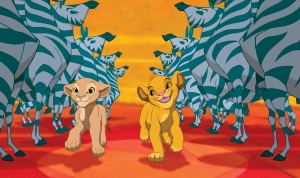
The Lion King (Walt Disney Pictures 1994)
Although animated films are made similarly, they each have their own visual style and context. Good examples of this would be the works of Studio Ghibli and Walt Disney. While they are both companies that produce animated films, they each create a different look and feeling in their films. This is because of the cultural differences of the companies and the context they are trying to give the film. For example Grave of the fireflies (Studio Ghibli 1988) was made as a powerful statement of the Second World War, while The Jungle Book (Walt Disney 1967) is a more coming of age story aimed at younger audiences. This is reflected in the artistic style of the films, in the music and in the story given to the films.
The way a company makes animated films also changes over time. Each company has their own way of producing an animated film, how they want each frame to look or play. For example, Walt Disney previously used a method similar to flip books where they painted each frame from a movie and then photographed them using a machine called a Moviola.
As technology advances so does the way animated films are made but the stories and feelings provided by these films are still as powerful as they were when animation was first invented.
Word Count: 294
Bibliography:
Websites visited:
“Animated Films.” Animated Films. http://www.filmsite.org/animatedfilms.html (accessed June 14, 2014).
IMDb.com. “IMDb: Genre: Animation.” IMDb. http://www.imdb.com/genre/animation (accessed June 14, 2014).
“The Animation Process.” The Animation Process. http://www.justdisney.com/animation/animation.html (accessed June 14, 2014).
Books:
Wells, Paul. Animation: Genre and Authorship. : Wallflower Press, 2002.
Films:
Disney Pictures “How Walt Disney Cartoons are made.” YouTube. https://www.youtube.com/watch?v=mhfp6Z8z1cI#t=20 (accessed June 14, 2014).
The Lion King. Directed by Rodger Allens. Burbank, California : Walt Disney Pictures, 1994.
Barefoot Gen. Directed by Mori Masaki. 1983.
Grave of the fireflies. Directed by Akiyuki Nosaka. : Studio Ghibli, 1988.
The Jungle Book. Directed by Wolfgang Reitherman. : Walt Disney , 1967.
